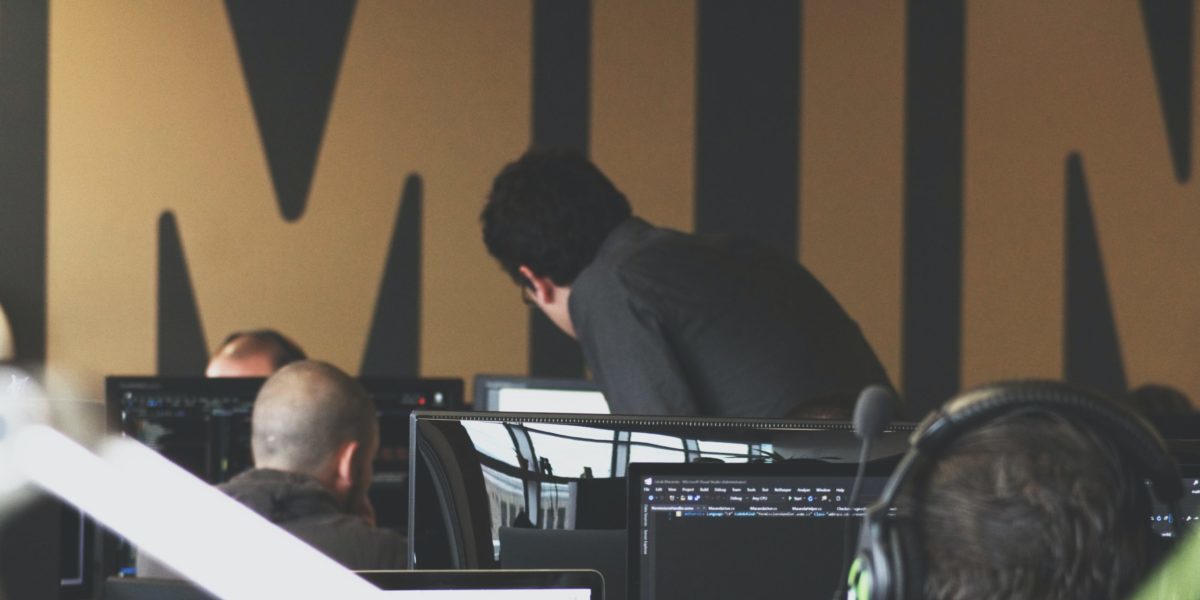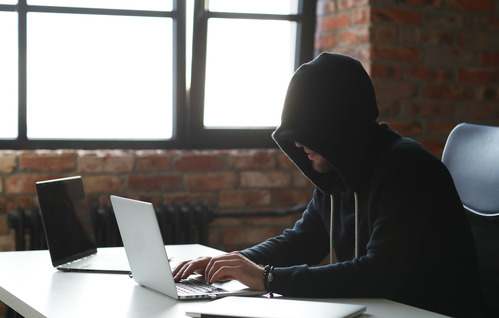Before the pandemic, only 3.6% of the US workforce worked remotely. And according to a report by CNBC, the unexpected surge in work from home setups created a great demand for worker monitoring systems. Today, software like ActiveTrak, Hivedesk, and Time Doctor are the biggest players in this growing marketplace. However, with features like keystroke logging, browser monitoring, screen recording, and monitoring solutions, one can't help but ask: are worker tracking solutions too invasive?
What exactly is being monitored?
Resume help site StandOut CV recently released a comparison report on 32 employee monitoring websites. It revealed that 75% of worker tracking software include features that record employees’ screens; 65% can show employers their workers’ browsing history, with an undisclosed number of apps including incognito searches; 34% allow employers to access devices and make changes to computer settings; and 22% let employers access cameras to take photos of employees at work. Additionally, a whopping 44% of monitoring software can give employers a record of everything their employees have typed, including login information. Around 47% have stealth mode, a feature that allows the software to monitor users without them knowing.
There is an argument that this same method of monitoring employees has been in place in traditional workplaces for years. When you work in an office, you have supervisors overseeing your work, and you are expected to use company’s facilities for work purposes and nothing outside of that arrangement.
However, this argument ignores the fact that remote workers are operating in a space that belongs to them. Remote employees don’t have the option to report to a physical office, so when you place extensive surveillance on them in their own homes, monitoring activity on their personal devices — that’s a different story. They should be granted privacy, especially when they are in their own spaces.
A question of stakes
On the other hand, there are industries and lines of work that naturally benefit from employee trackers. The supply chain, for example, has rolled out industry-wide technology such as telematics. This technology is powered by GPS tracking systems, which Verizon Connect notes also monitors driver behavior. GPS technology can provide insights into how truck drivers behave on the road, based on the data about their speed, tardiness, and idling hours. While this information largely benefits fleets by improving efficiency, monitoring workers can also be very important for their own safety and security.
Although, it’s worth nothing that not all industries operate under such high stakes. Desk workers such as accountants, programmers, and writers aren’t like drivers – they don’t need to consider whether their driving habits are endangering other vehicles on the road. While missed deadlines can cost time and money, the inefficiency of their working processes don’t cause any immediate external harm. And NBC News reports that invasive surveillance software can lead to low morale, which ends up reducing productivity. This is mainly because using monitoring software can look like the employer doesn’t trust the workforce to manage their own time — you’re telling your workers you don’t believe they’ll do their jobs unless they are being supervised. Thus, employees feel stressed, detached, and even undervalued. The combined effects can push workers to seek kinder employment landscapes, increasing the company’s turnover rates.
Numbers don’t tell the whole story
The simple truth is that employers can never get a full picture of actual productivity with just keystrokes and logged hours. A content writer might log fewer keystrokes because he or she can draft ideas more quickly on paper. Meanwhile, a programmer might log multiple hours and keystrokes and not actually complete any working code. How long a person works, and how much input they produce, isn’t always an accurate measure of what they have accomplished.
For all their invasiveness, monitoring software might not even be the best way to push productivity. In 'The Biological Basis of Complacency', Sharon Lipinski stated that complacency isn’t a choice, but rather a neurological byproduct of doing repetitive work. When the brain gets used to a certain habit, it requires fewer and fewer neurons to perform the task. As a result, their external awareness may be decreased. The solution, then, isn’t to bog them down with more reminders to do work, but to find ways to keep their brains actively engaged.
Employers would get the most benefit out of tracking software if they were mainly used as supplementary evaluation tools. Even then, they need to be transparent with their employees and refrain from using invasive features such as stealth mode and keylogging. The best way to increase productivity is to show your employees that you value them, which can be achieved when fostering an environment that promotes trust.
*The views and opinions expressed in the Public Risk Management Association (PRIMA) blogs are those of each respective author. The views and opinions do not necessarily reflect the official policy or position of PRIMA.*

By: Reanan Jannie
Freelance IT Consultant and Blogger
Summary of Qualifications
Reanan likes to keep herself busy, so she's a woman who wears many hats. Since she loves the challenge of problem-solving, she has worked as an IT consultant for many years now. She believes that her strongest suit in the field of IT is her skill in cybersecurity. Due to the rising demand for cybersecurity professionals, Reanan also decided to share her IT knowledge through writing. She primarily writes about cybersecurity, but she also loves the challenge of writing about different topics.
Education
BA, Computer Science



